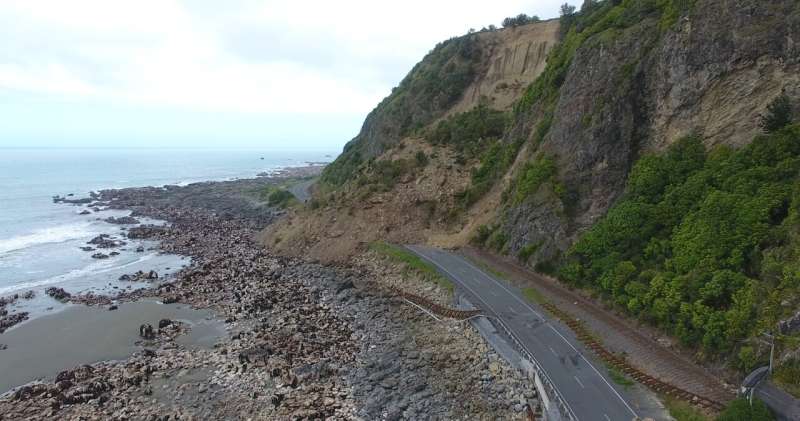Revised earthquake hazard model helps Aotearoa New Zealand increase resilience

Aotearoa New Zealand's updated National Seismic Hazard Model estimates the likelihood of future earthquake shaking hazard to have increased throughout most of the country, ranging from almost no change to more than doubling in some areas.
On average, results have increased by 50% or more, highlighting the need to boost national resilience strategies and readiness.
An important part of New Zealand's hazard-scape toolkit, the National Seismic Hazard Model (NHSM) provides an estimate of the likelihood and strength of earthquake ground shaking at any given site in New Zealand, and considers how different parts of the country might behave in the event of large magnitude earthquakes.
Led by a team at GNS Science and supported by MBIE and Toka Tū Ake EQC, the NSHM project incorporates the latest international science and takes into account the data and knowledge resulting from New Zealand's significant earthquakes of the last two decades, such as the Canterbury earthquake sequence and the Kaikōura earthquakes.
GNS Science, MBIE, Toka Tū Ake EQC, engineers, universities and other Crown Research Institutes have worked together on the revision of the model, along with more than 50 local and international scientists.
Dr. Matt Gerstenberger, GNS Science NSHM Project Lead said, "It is critical to have an up-to-date understanding of the seismic hazards facing New Zealand to help us manage the risks from earthquakes to people, property and the environment."
"The increase in hazard estimates in the 2022 revision is not unexpected. We know a lot more about earthquake behavior now due to better global understanding, more sophisticated science, and more than a decade of advancements in technical computing.
"Knowing more means we have the ability to make better estimates, allowing various industries who use the model to assess what the hazard results might mean for different locations, and then act to mitigate risks."
Earthquake hazard varies throughout the country based on the geography and ground conditions in each location, and the frequency and types of earthquakes which might occur.
While the NSHM indicates a general increase in forecast ground shaking hazard across the country, it does not speak to its impact, or assess associated risk. Instead, the model is a science instrument which can be used by government and industry to estimate risk and help make risk-based decisions.
"When we look at the hazard results for a particular area, it's important to stress that increased hazard doesn't necessarily mean a larger impact," Dr. Gerstenberger says.
"The impact of ground shaking does not necessarily increase equally to the hazard, because the impact on society includes many additional factors that are not part of the science model—like building aspects and structure design—and the National Seismic Hazard Model doesn't address those.
"When interpreting how the hazard results have changed from previous models, we need to consider the relative value of the shaking forecast. For example, if there has been a doubling in hazard in a region with a previously very low estimated hazard, then the updated hazard—though greater—may still be low.
"Northland is a good example of this, where the ground shaking hazard is now estimated at twice its previous known level, but it can still be considered a very low hazard risk region."
Time will be required to determine how the revised hazard information will factor into policy and practice. The engineering, building and insurance industries will all now be analyzing the NSHM data and carefully considering how it might be applied.
More information: Briefing materials: www.scimex.org/__data/assets/f … ebinar_vW4.media.pdf
Provided by GNS Science



















